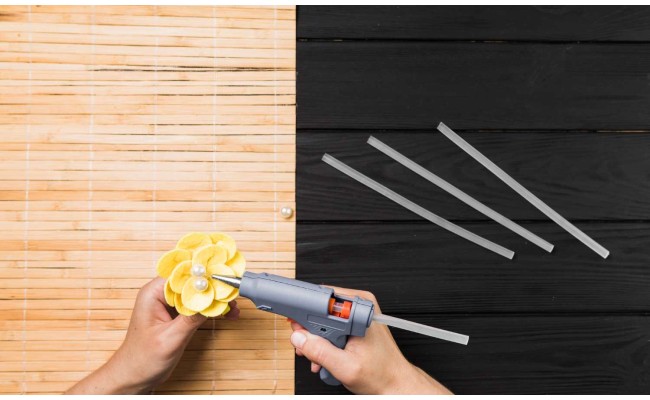- Call: +1 850 633 2663

Hot melt is made from a mixture of different thermoplastic materials. A hot melt is liquid when hot. But a hot melt needs to harden to form a bond, which happens when it cools down. Different mechanisms exists in the setting process of a hot melt. Physically cross links are formed by crystallization, micro-separation, hydrogen bonding. In this training the hot melt setting by crystallization will be explained. The role of the different ingredients (polymers, waxes, tackifiers…) will be enlightened. The polymers that will be discussed are ranging from EVA, ethylene-acrylics, APO’s, metallocenes…The latter is a collective name for a lot of new polymers. More and more raw material suppliers introducing existing are new metallocene polymers in their grade slate. The metallocene technique allows them to give these alkene polymers special properties.
The approach in this training is also to understand the working of the existing metallocene polymers, copolymers and block-copolymers as well as future metallocene polymers. Attention is also given to new copolymers from e.g. EBA-manufacturers. Apart from the polymer, wax also plays an important role in the setting. The wax determines the open time, plays an important role in the setting and reduces the viscosity. This training tries to clarify why a polyolefinic wax reacts different in comparison with the similar backbone structured polymer and what happens in a mixture? And what is the influence of the amorphous tackifier on the crystallization behavior of the hot melt?
Must have training as this will give you an insight of how a hot melt is made or can be made. How important factors like setting, open time, hot tack etc… can be achieved. What type of polymers you can encounter. What are metallocene hot melts etc...?
This training is intended for developers of hot melt adhesives, adhesive formulation chemists, professionals involved in hot melt R&D and also useful for distributors of adhesives who want to know a bit of the technology behind hot melts.
3 reviews